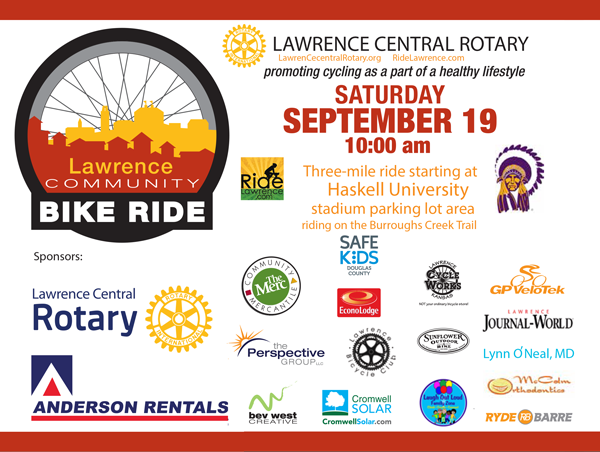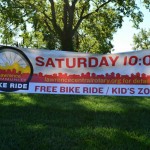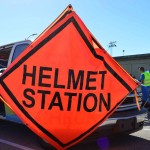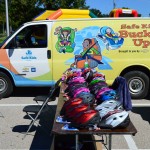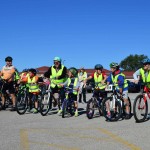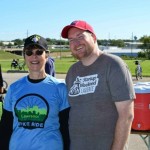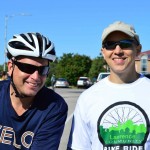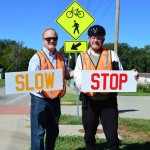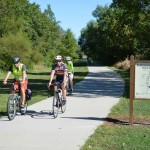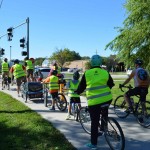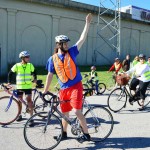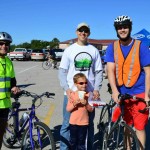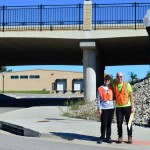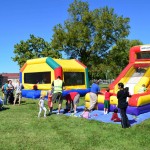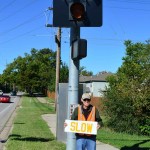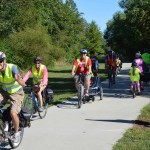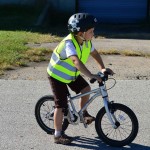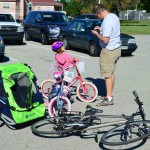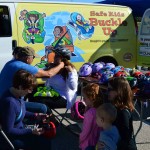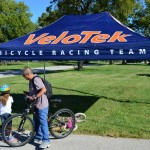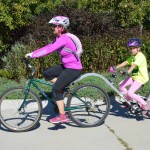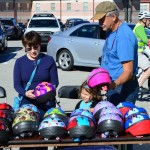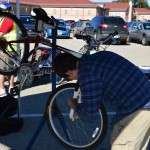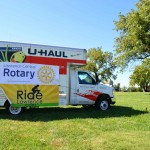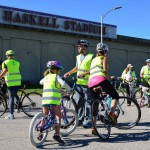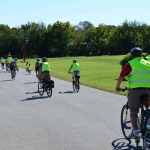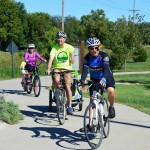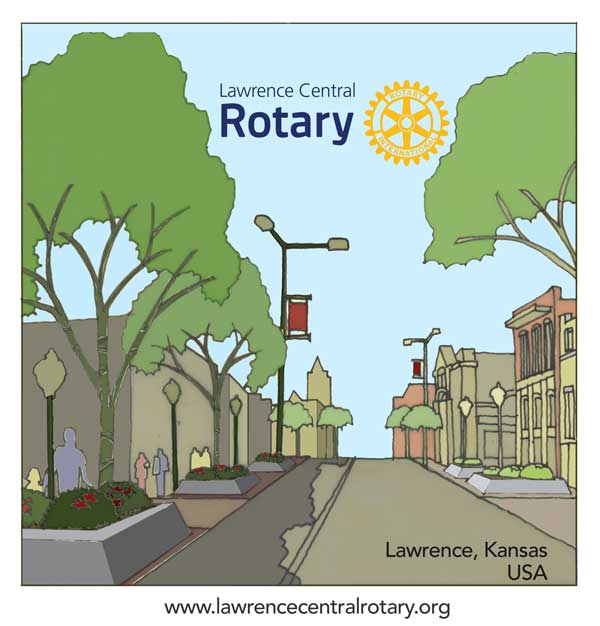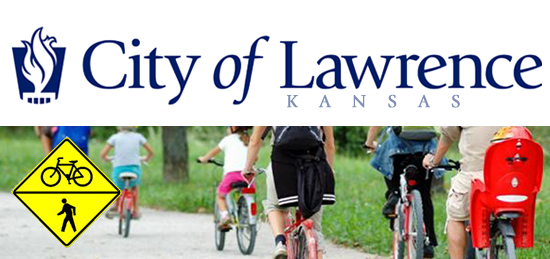 The Pedestrian-Bicycle Issues Task Force has studied the issue of accessible pedestrian and bicycling routes since June 2015. This 10-member group is now ready to unveil their draft recommendations for the public to review. The full draft recommendations can be found online. There are several ways for residents to have an opportunity to comment on these recommendations:
The Pedestrian-Bicycle Issues Task Force has studied the issue of accessible pedestrian and bicycling routes since June 2015. This 10-member group is now ready to unveil their draft recommendations for the public to review. The full draft recommendations can be found online. There are several ways for residents to have an opportunity to comment on these recommendations:
- These draft recommendations will be the focus of a study session with the Lawrence City Commission on Tuesday, February 9 at 4:00 p.m. at City Hall, 6 E. 6th Street.
- The task force will host a public meeting on February 5 from 5:45-6:30 p.m. at City Hall, 6 E. 6th Street.
- An online survey through Lawrence Listens is also available until February 5.
Draft recommendations and findings
Virtually every Lawrence citizen walks, wheels (with a wheelchair or other mobility device) or rides a bike in the course of a week – walking to school, riding a bike for health, wheeling from a bus stop to the grocery store, etc. Transportation is a universal need which is why the City of Lawrence’s Pedestrian-Bicycle Issues Task Force has taken an inclusive approach to studying our walking, wheeling and bike-riding environment. The findings and recommendations are geared toward providing additional safety and comfort for all ages and abilities.
“We are looking forward to hearing citizens’ feedback on our report, and what, if anything needs to be added,” said Marilyn Hull, chair of the task force.
The challenge for the city is finding ways to upgrade our pedestrian and bicycle facilities while also working to accommodate increasing volumes of motor vehicle traffic. In the last five years, the city has made notable progress toward this goal, mainly by adding sidewalks and bike facilities during road constructions and reconstructions. Still, the challenges that remain are daunting. Lawrence has 72 linear miles of streets with no sidewalks. The sidewalk maintenance policy is ineffective, resulting in a deteriorating pedestrian network. An unconnected patchwork of bike facilities includes sections that are unwelcoming to anyone who isn’t a confident and fit adult rider. Many sidewalks don’t provide adequate access for people with disabilities or seniors with mobility limitations.
The task force spent eight months studying these problems and listening to citizen input. The draft report relays their findings and recommends ways for Lawrence to invest in a transportation system that works for everyone.
“What we found through this process is that citizens want the city to make investing in better walking, wheeling and bicycling facilities a priority,” said Hull. “As a result of our public input and task force discussions, we’ve outlined six recommendations that will continuously improve the city’s pedestrian and bicycle networks between now and 2030.”
Those recommendations include:
- Recognize that facilities for walking, wheeling and biking are vital parts of a safe transportation system requiring annual public investment through the city’s capital improvement plan.
- Earmark 0.05% in the 2019 renewal of the infrastructure sales tax to fund standalone bicycle and pedestrian projects, and consider asking voters to approve an additional 0.05% sales tax to fund sidewalk repairs.
- Continue investing through the capital improvement plan in high quality pedestrian and bicycle facilities built during new road construction and existing road reconstruction projects.
- Assign and develop staff, and invest in tools needed to provide a coordinated approach to pedestrian-bicycle planning, engineering, community education, encouragement, enforcement and Actively pursue nationally accepted Walk-Friendly and higher Bicycle-Friendly Community designations as roadmaps to progress and points of pride.
- Create a consolidated transportation commission to advise the city commission and staff on transportation matters.
The task force has also identified implementation priorities for the city to consider. For the pedestrian environment, they are:
- Provide safe routes to school (SRTS) by filling gaps, repairing and maintaining sidewalks within the designated SRTS network.
- Connect residents to neighborhood destinations by filling sidewalk gaps on arterial and collector streets.
- Invest in facilities that provide safer conditions and access for seniors and people with disabilities.
For the bicycling environment, they are:
- Complete the Lawrence Loop.
- Improve safety on roads with the highest bicycling crash rates.
- Develop a highly visible network of bicycle boulevards–existing streets that have been optimized for bicycle traffic. They are a low-cost way to create a connected network of streets with good bicyclist safety.
The task force is very conscious of the many demands and potential limitations imposed on the city’s budget. We also understand the Lawrence City Commission’s desire to make progress on affordable housing and mental health care. Affordable housing and affordable transportation go hand in hand.
“The task force recognizes that ultimately the city’s most important role is to meet the needs of the present without compromising the ability of future generations to meet their own needs,” said Hull. “The recommendations in this report are a step forward given the city’s current economic constraints. At the proposed rate of investment, it will take time to build a fully accessible community. The most important things are to make a meaningful start and invest annually.”
The Lawrence City Commission will receive the recommendations at their February 9 Study Session and discuss future steps at that time.
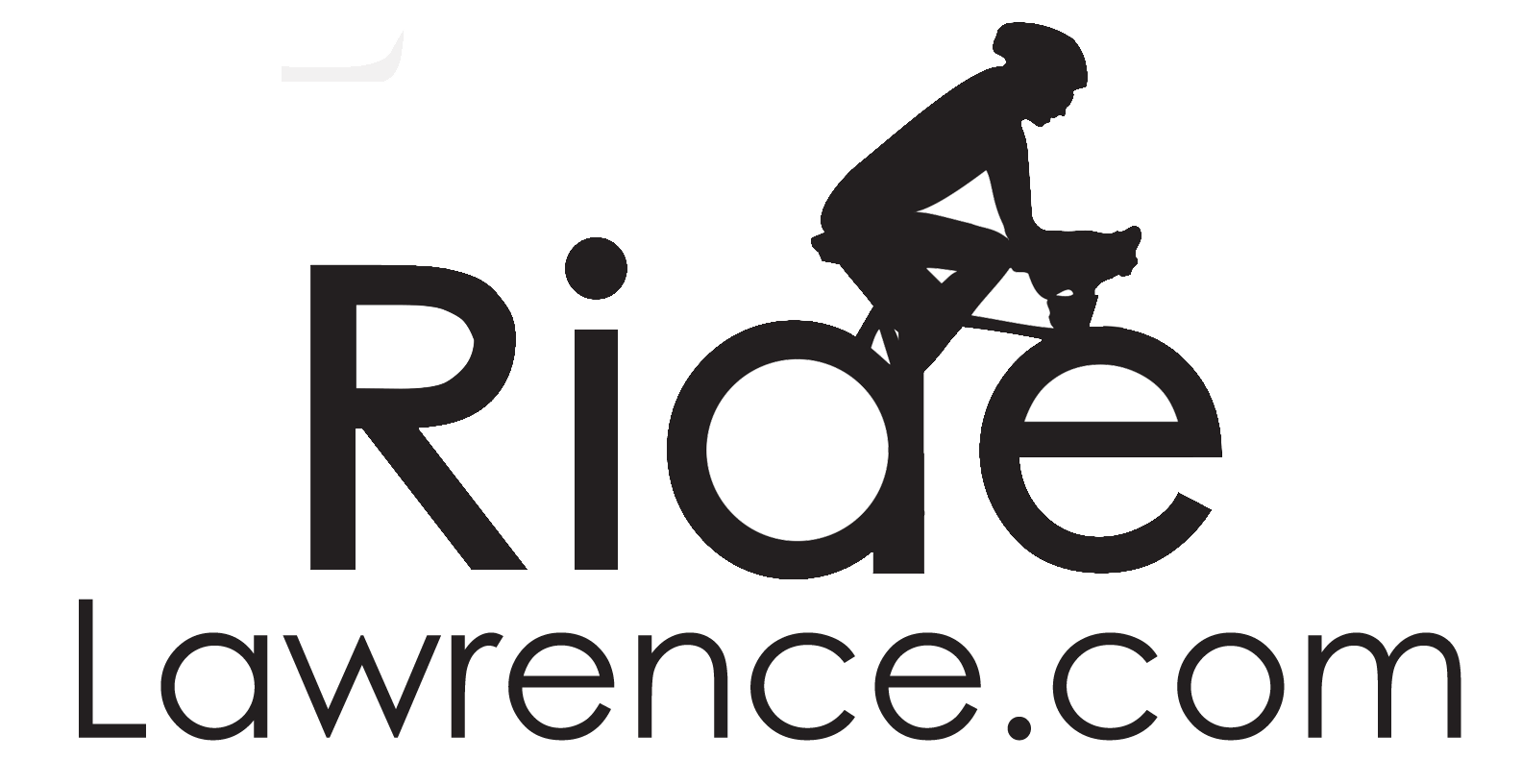
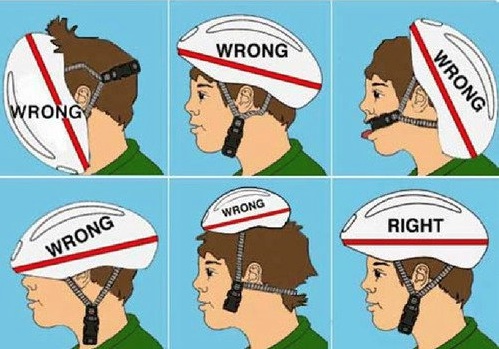 Getting the right helmet fit is imperative to your safety. Wearing a poorly fitted helmet is almost just as bad as not wearing one at all. A good fitting helmet worn properly will not only help to protect you in the event of a crash but also looks good. There are a few things to know when buying a helmet as well as when wearing it.
Getting the right helmet fit is imperative to your safety. Wearing a poorly fitted helmet is almost just as bad as not wearing one at all. A good fitting helmet worn properly will not only help to protect you in the event of a crash but also looks good. There are a few things to know when buying a helmet as well as when wearing it.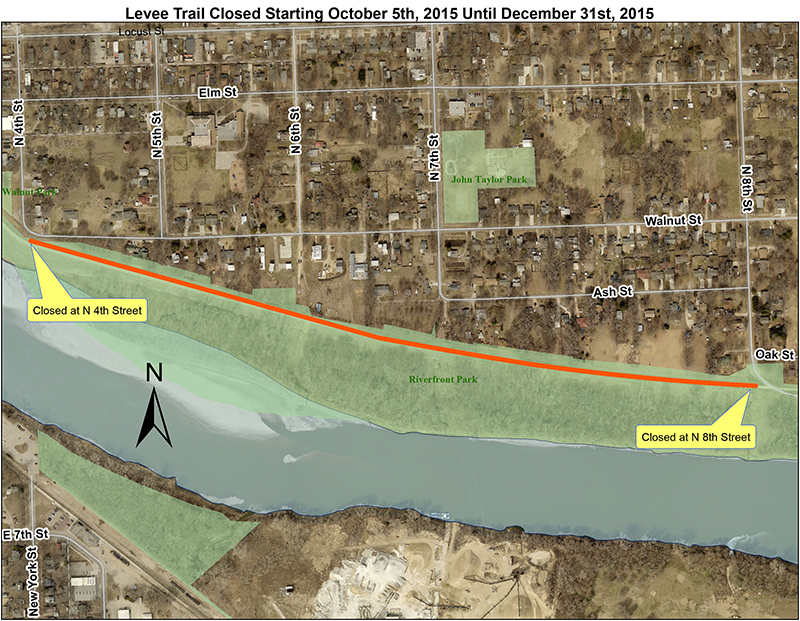
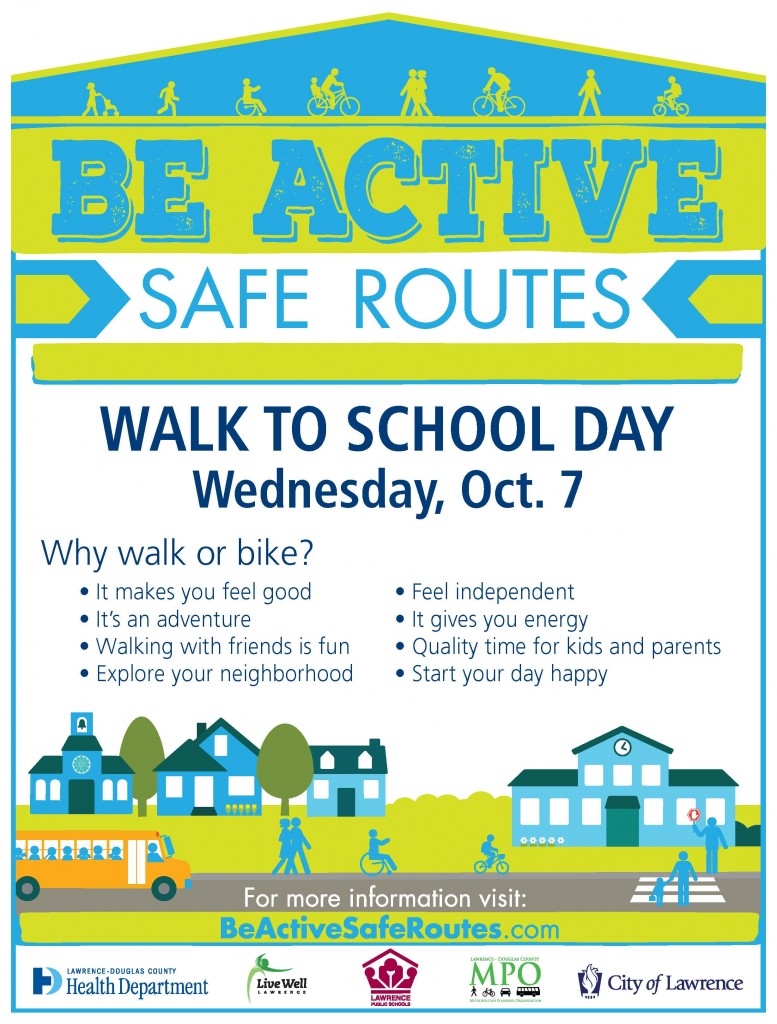 Mark your calendars! Wednesday Oct 7th is the official day that Lawrence Schools are encouraging students to walk or bike to school.
Mark your calendars! Wednesday Oct 7th is the official day that Lawrence Schools are encouraging students to walk or bike to school.